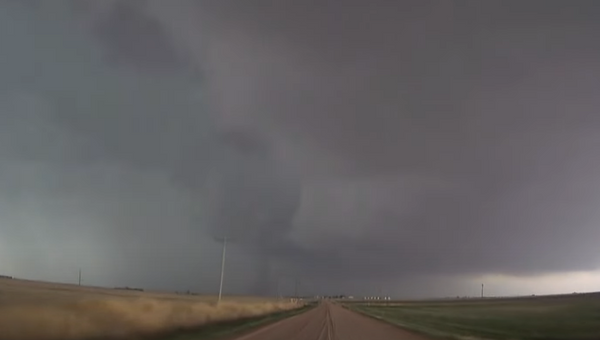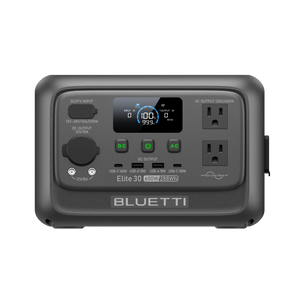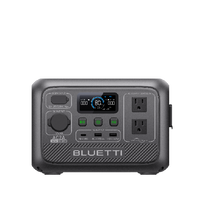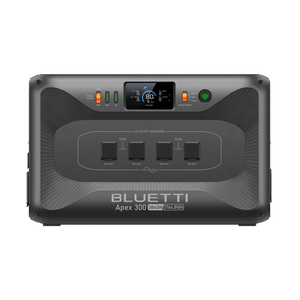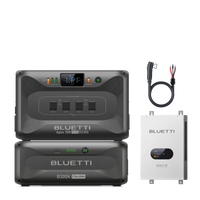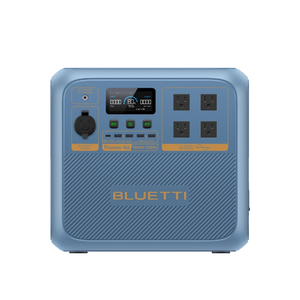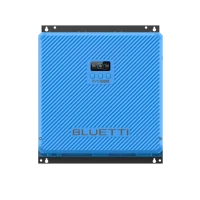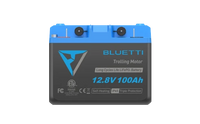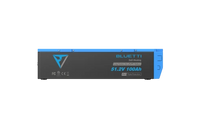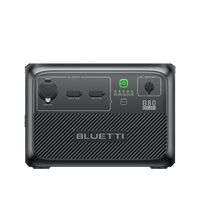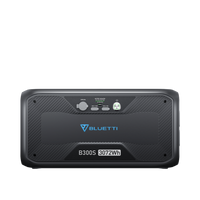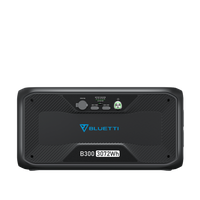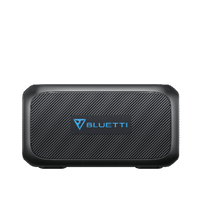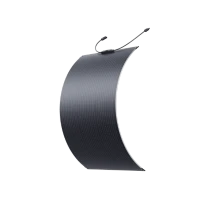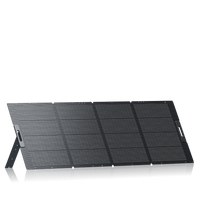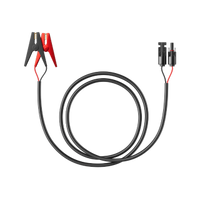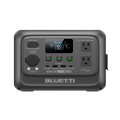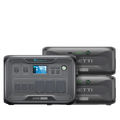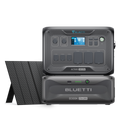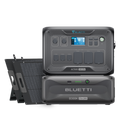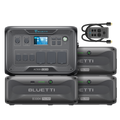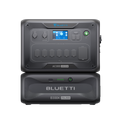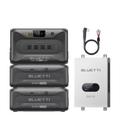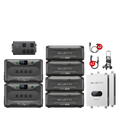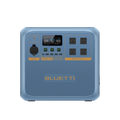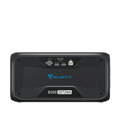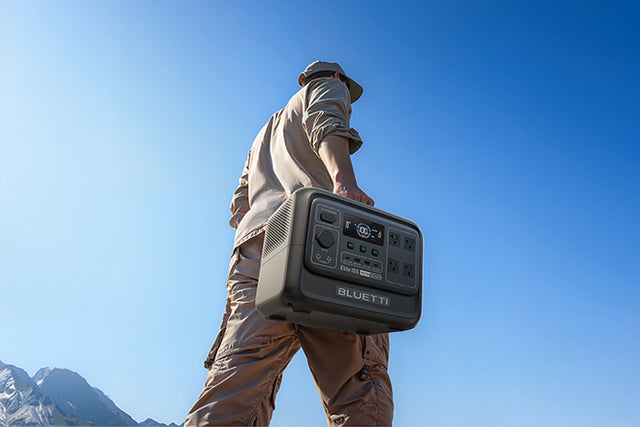Your cart is empty
Shop our productsSkyrocketing energy costs have become an immense burden on households worldwide. Fortunately, help is available to those who are least able to manage the costs of keeping themselves warm during the colder months.
LIHEAP, known as The Low Income Home Energy Assistance Program, has proven especially beneficial for lower-income households in the United States. Through the program, financial support is available to alleviate the costs of energy bills and provide relief to families experiencing hard times.
This wonderful program not only provides much-needed financial assistance but also gives households peace of mind knowing they will be able to keep themselves warm and safe each winter.
But what exactly is this program? Let’s take a closer look at how it works to see if you might be eligible for it.
Understanding LIHEAP
The Low Income Home Energy Assistance Program is a vital program that helps families stay safe and healthy by providing them with affordable access to electricity and other energy resources.
With the cost of home energy constantly on the rise, it can sometimes be difficult to keep up with all of your payment obligations. The Low Income Energy Assistance Program is here to help! This federally-funded program is offered through the U.S. Department of Health and provides a one-time annual benefit that can assist you with making these payments.
However, this benefit isn’t intended to cover your entire annual heating and electricity costs, so it’s essential that you still make timely payments when you are able to. The benefits provided by the program can be incredibly helpful in avoiding disconnection or helping you get reconnected if your service has been disconnected due to past-due bills.
Fundamentals of the Low Income Home Energy Assistance Program
The Energy Bill Support Scheme is a great way for low-income households to manage their energy bills. The scheme offers discounts on certain energy costs, such as electricity and gas, as well as helping these families access heating allowances.
Fundamentally, the scheme helps lessen the effects of rising household energy costs and allows families to focus on necessities like buying food instead of worrying about how they will pay their next energy bill. The scheme is also easy to apply for in most countries and administered through local social services departments or similar government services.
To be eligible, an individual must meet certain criteria determined by the government. All in all, this scheme is an excellent way for people just getting by financially to get some relief when it comes to managing their household's energy costs.
2022 California Arrearage Payment Program
The 2022 California Arrearage Payment Program (CAPP) provides much-needed assistance to energy utility customers who accrued considerable debt during the COVID-19 pandemic relief period.
Through CAPP, the state is committing $1.2 billion in order to help reduce unpaid bills and ensure that Californians can maintain access to essential services, while funds were to be released to energy utilities by January 31, 2023.
The goal of the program is to provide relief to residential energy customers who have incurred a past-due balance on their bills during the COVID-19 pandemic. The program offers a credit applied to their bills, which makes the financial burden of paying their electricity a little easier.
What makes this program so great is that customers do not need to apply separately for assistance - the energy utility will automatically apply for the credit if the account is eligible for it. This means that hundreds of electricity customers can receive help without having to get involved in a lengthy application process.
With this program, energy utilities across the nation are making sure that households don’t have to struggle with affording basic amenities, such as power, during this difficult economic time.
On November 22, 2022, 2022 CAPP funding was allocated to state energy utilities across the country. The funds are required to be applied as bill credits on customers' accounts within just sixty days of receiving the money to ensure residents have access to assistance as soon as possible.
This incredible emergency measure not only eases financial distress inflicted upon citizens of California during a difficult time — it also helps keep people connected with what is now more important than ever: sustainable and reliable electricity access.
Other Energy-Related Federal Financial Assistance Programs in the United States

Unfortunately, it can be difficult to obtain enough financial assistance to install solar systems through traditional means. Fortunately, there are few federal programs available that help lower energy costs and may be applicable to solar.
The Solar Energy Technologies Office (SETO), unfortunately, does not provide financial assistance for those who wish to implement solar technology in their homes or businesses; however, there are a variety of options available, depending on what qualification requirements must be met.
These vary from state to state and can include tax credits, refunds, and deductions for organizations engaged in green projects. Additionally, some states have renewable energy credits that allow solar system owners to sell excess power back into the electrical grid.
The U.S. Department of Energy has put together a detailed resource guide to help identify federal programs that support the growth of clean energy projects in America and around the globe.
One important part of this package is the Weatherization Assistance Program (WAP). The WAP is an example of how funds are being made available for low-income households to make improvements to their residence, which, in turn, results in lower energy costs on a long-term basis.
In addition, the upgrades created through WAP have better weatherproofing capabilities and improved air quality, making it especially beneficial for those living with asthma or other respiratory conditions. Federal programs, such as WAP, are paving the way for a greener future that prioritizes human health, economic development, and sustainability over shortsighted monetary benefits.
Who Is Eligible for the Program?

LIHEAP is an important and helpful program for qualifying individuals and families struggling to pay their home energy costs. To be eligible, you must be in need of assistance with paying off your home energy costs and have an annual household income that is below the required amount set by the government.
This amount varies by state, but it is typically at or less than $20,385 for 1-person households. Even if your income is too high, you may still qualify if other family members participate in certain programs like SNAP/food stamps, SSI, or TANF.
If you think you might be eligible for LIHEAP, take the time to review the website and see if it’s something that could benefit your situation and help lower your energy bills. The eligibility requirements for LIHEAP vary by state and tribe, however, so it is important to understand exactly how the process works.
To make sure you get all the information you need to know about whether or not you are eligible for benefits through the program, contact your local state or tribal LIHEAP office. Your assigned representative will be able to answer any questions specific to your area and guide you through the process of determining whether or not you qualify. Don't wait--contact them today and get started on your path towards energy affordability!
What Are The Benefits?
Reduced Energy Bills
The Low-Income Home Energy Assistance Program often referred to as LIHEAP, is a valuable and essential part of many states' support systems for residents. One of the major advantages of this program is that it helps low-income households to manage and stay current on their energy bills.
LIHEAP provides families with financial help in paying their energy costs. This greatly reduces their monthly energy bills and helps prevent household budgets from becoming overwhelmed with high energy costs.
Furthermore, by helping these households stay current on their utility payments, this program can prevent losses in services due to late or non-payment, which takes a financial burden off the families. LIHEAP serves a significant role in assisting low-income households manage their energy costs and is a great resource for those who are in situations that have made it difficult for them to pay for basic utilities.
Improved Energy Efficiency
Another one of the benefits of LIHEAP is that it provides assistance in improving energy efficiency in homes as a way to help reduce costs. This assistance may include modifications, such as more efficient windows and insulation or the installation of smarter thermostats that provide greater control over home temperatures.
By making these improvements, families can drastically reduce the amount of energy they use - saving money on monthly bills while staying warmer or cooler with less cost and effort. Additionally, having energy-efficient features in the home helps increase its resale value if the homeowner decides to move in the future, providing an added financial benefit.
Warmer Homes
The Low Income Home Energy Assistance Program is a vital scheme to ensure we have warmer homes so that everyone can stay comfortable and warm in winter. Not only is it essential in providing households with a comfortable temperature during colder weather, but it also has wider benefits.
Improved home temperature results in improved mental and physical well-being, enhancing productivity and promoting healthier lifestyles among family members. By receiving energy bill support, a person’s well-being, too, can be increased while reducing excessive reliance on fuel payment and other indirect supports allocated to those living below the poverty line.
Healthier Homes
Under the Low Income Home Energy Assistance Program, renters and homeowners alike are able to receive help with paying their energy bills. This scheme acts as a healthier homes program that allows people to set an affordable price for their monthly energy expenditure so that they can keep up with their bills without worrying about affordability issues.
Through this program, people are able to better regulate the temperatures in their homes, meaning there is less risk of having allergies due to mold or dust. It also helps reduce air pollution emission levels.
It creates a secure environment within a person’s home where they can remain productive while being surrounded by clean air and not have to deal with any inconveniences related to lack of heat in the winter period. All in all, the Low Income Home Energy Assistance Program serves as a significant component of maintaining healthy housing conditions for many households.
Want To Switch to Solar?
To summarize, the Low Income Home Energy Assistance Program is a great option for those struggling to manage their energy bills. It could be the answer to reducing your monthly expenses and helping you afford what you need.
All it takes is getting in touch with your local authority to learn if you’re eligible and how this scheme can help keep your finances running smoothly. What’s more, those who are looking for an even more sustainable form of energy savings could consider investing in solar technology.
Shop products from this article
Be the First to Know
You May Also Like

Deadly Flooding Devastates U.S. South and Midwest — What You Need to Know

BLUETTI Teams Up with Leave No Trace to Power Sustainable Outdoor Adventures
